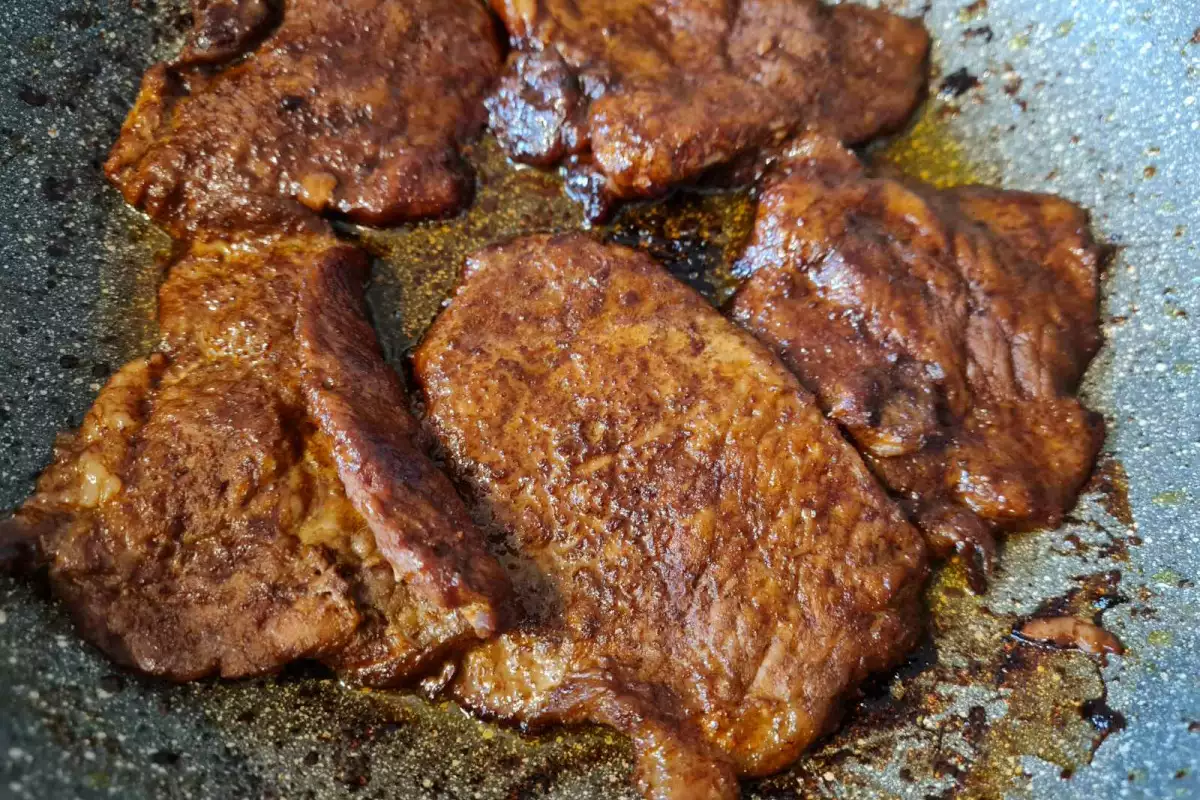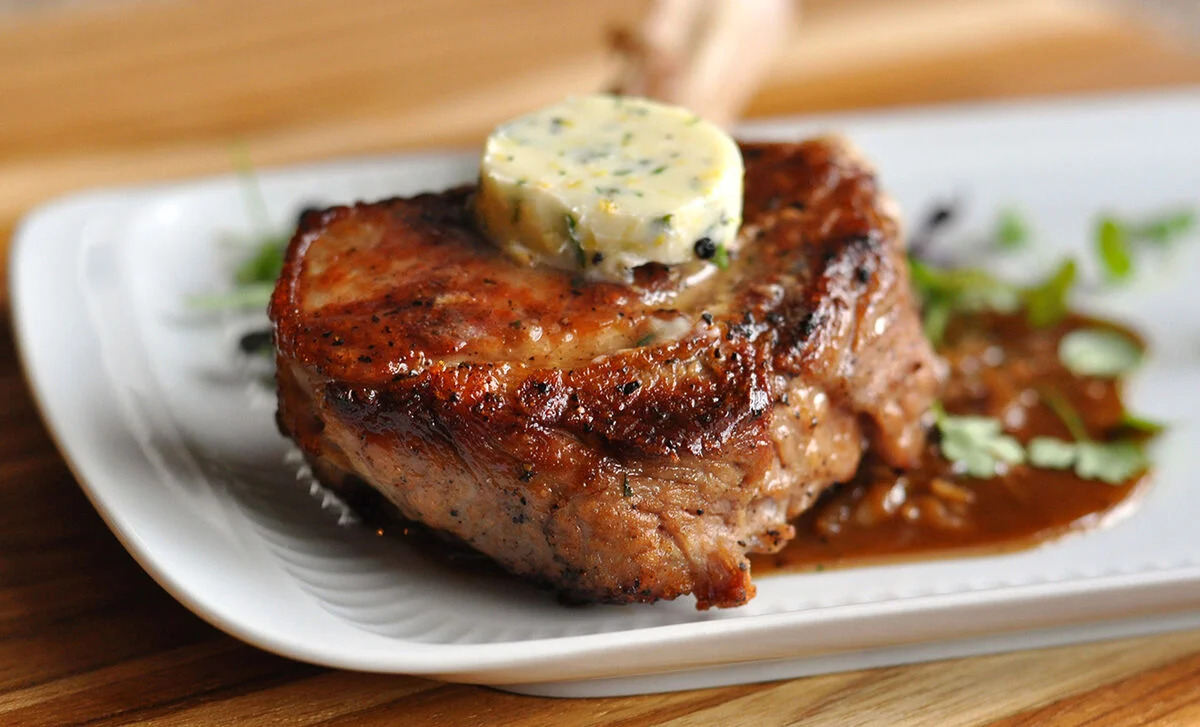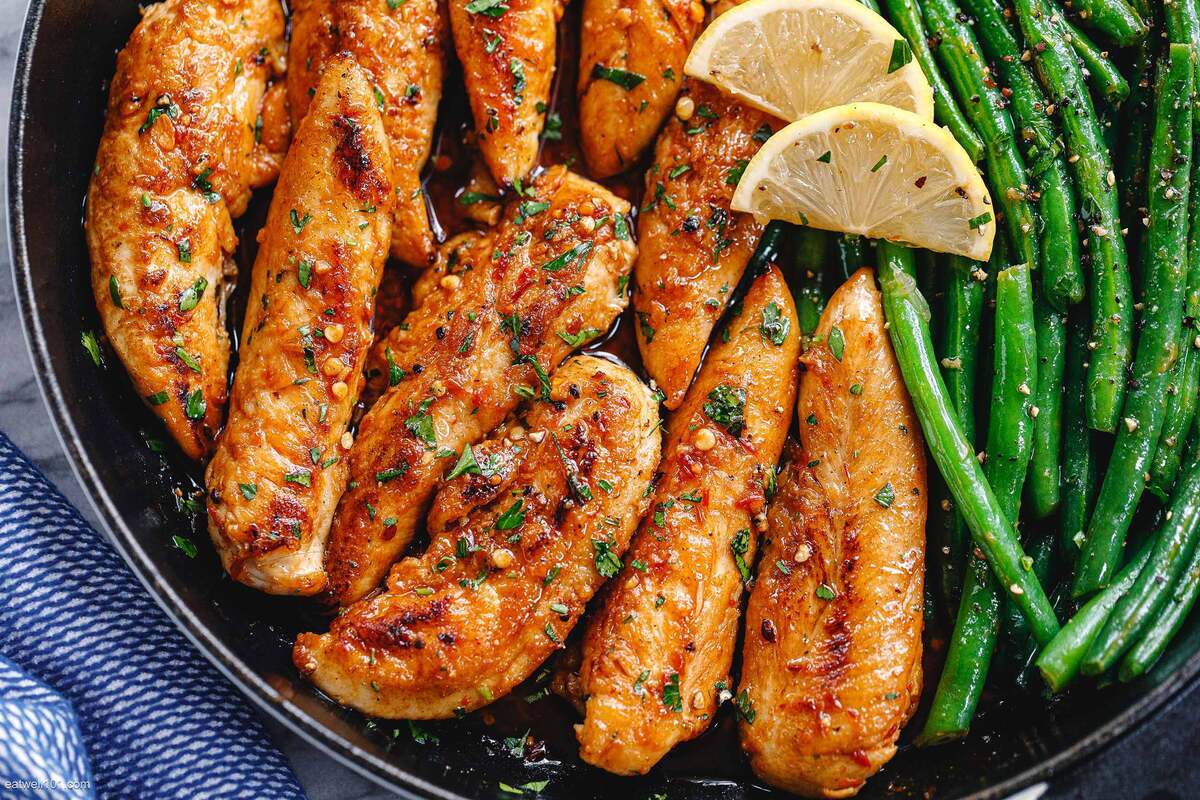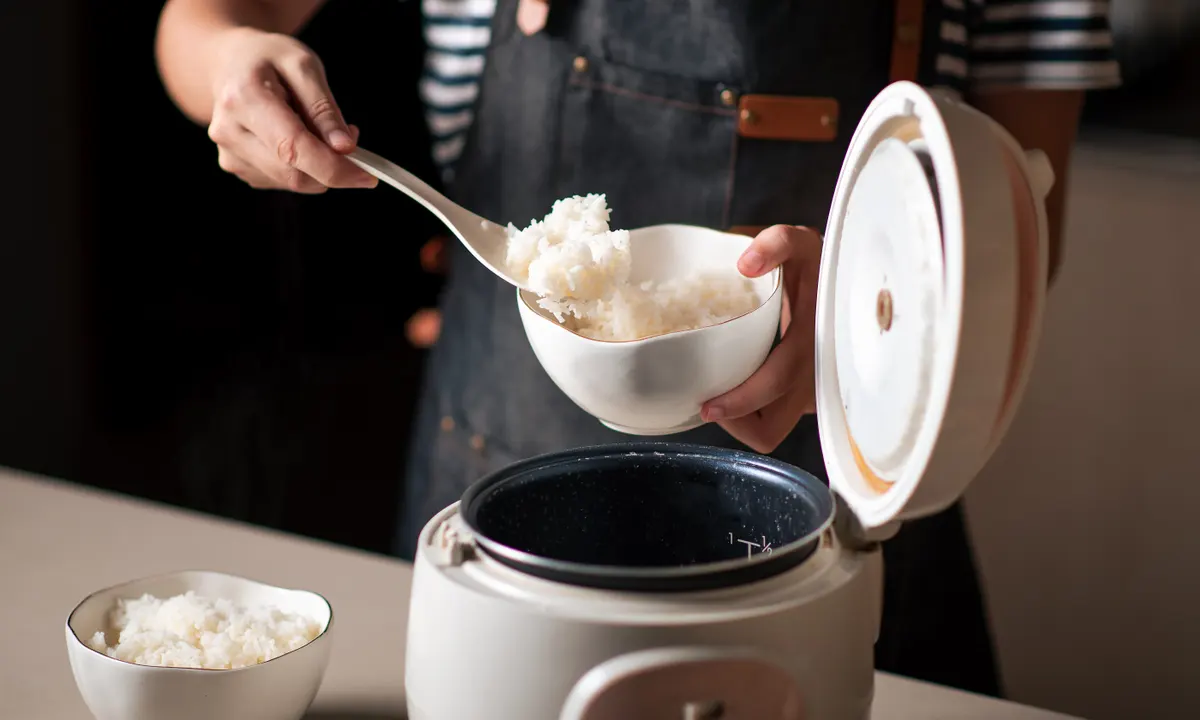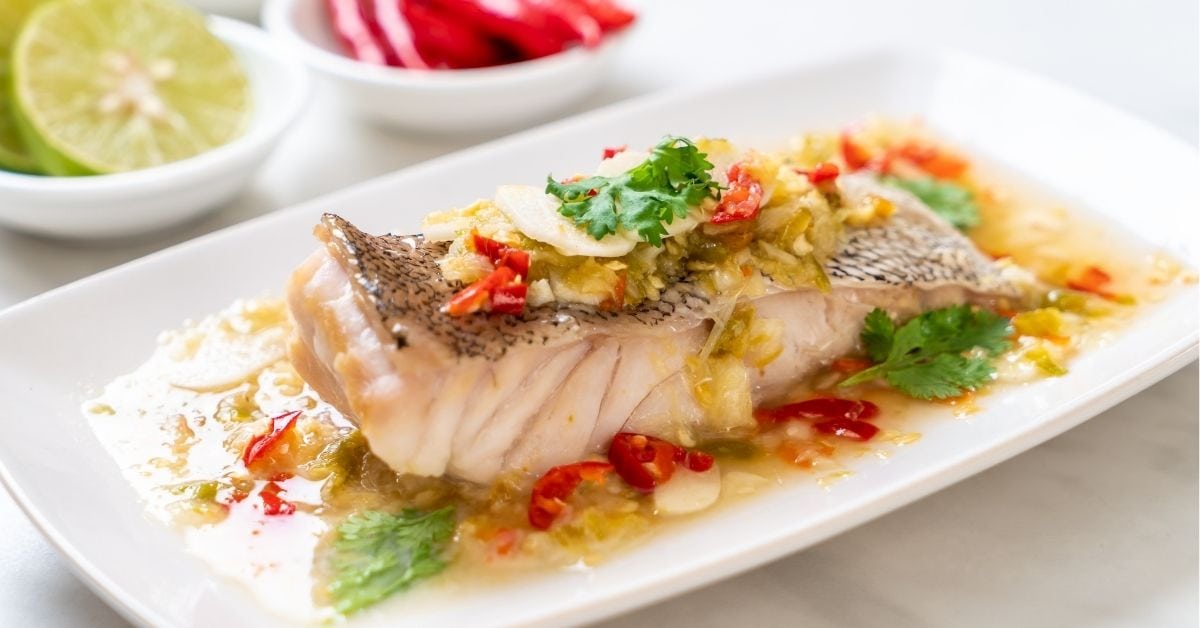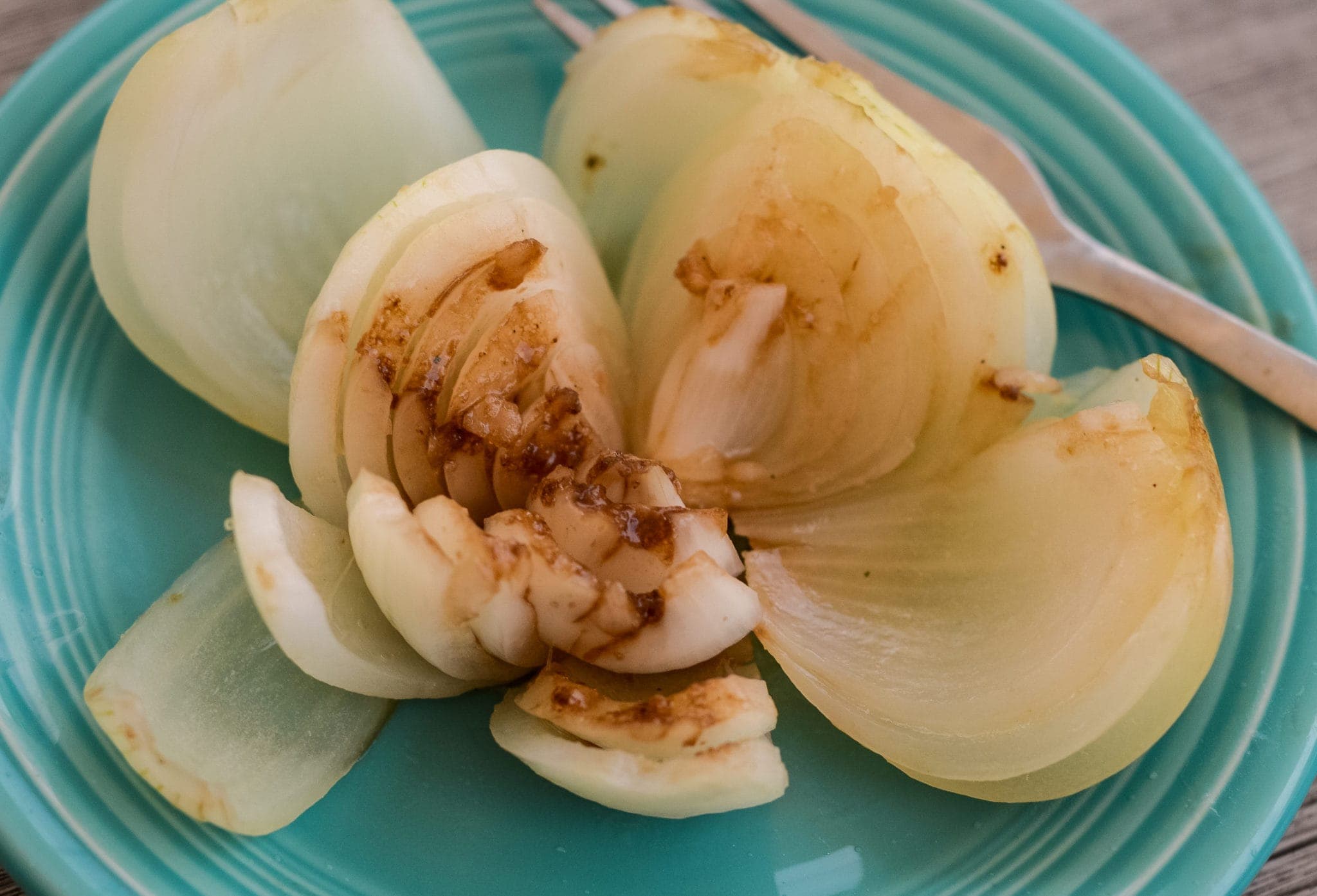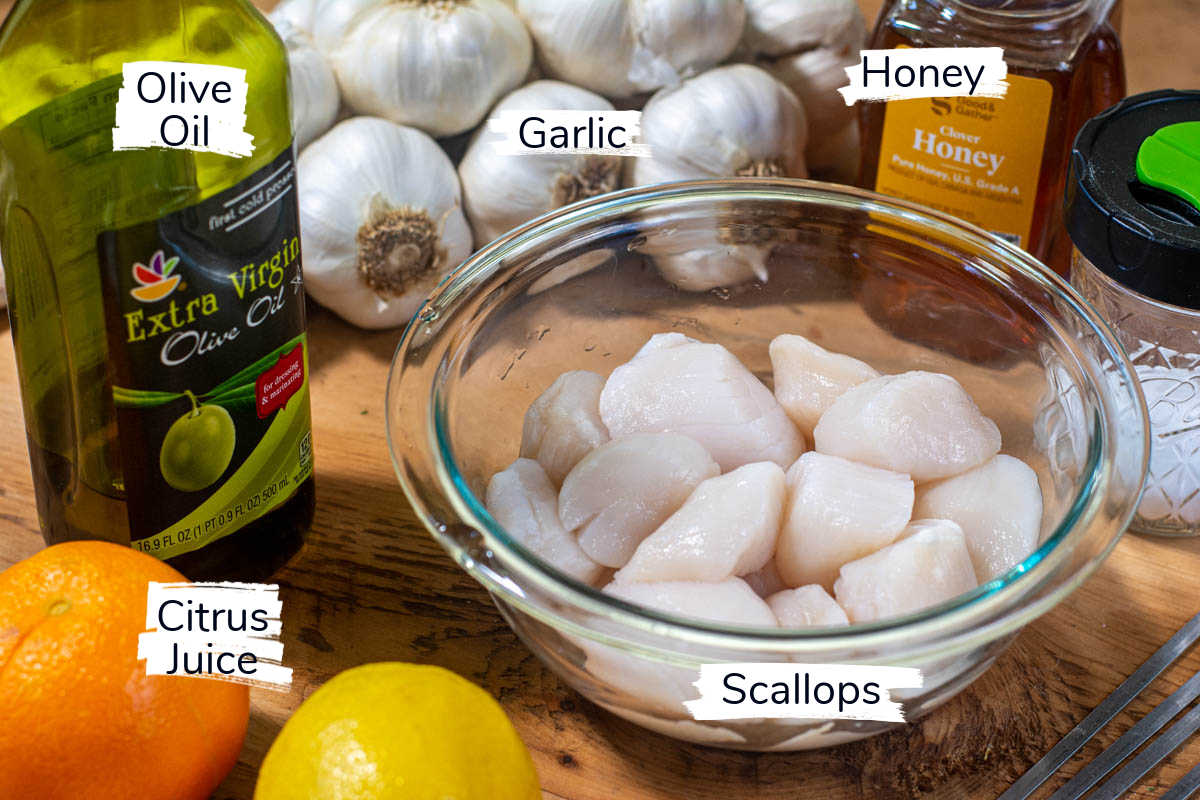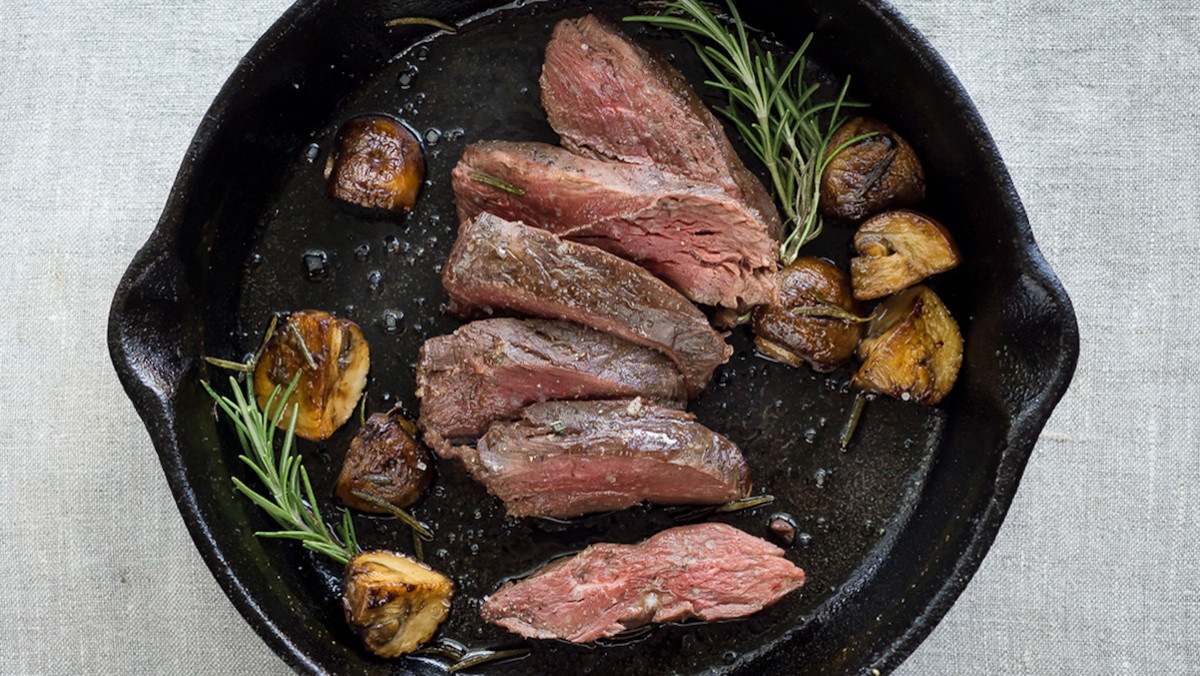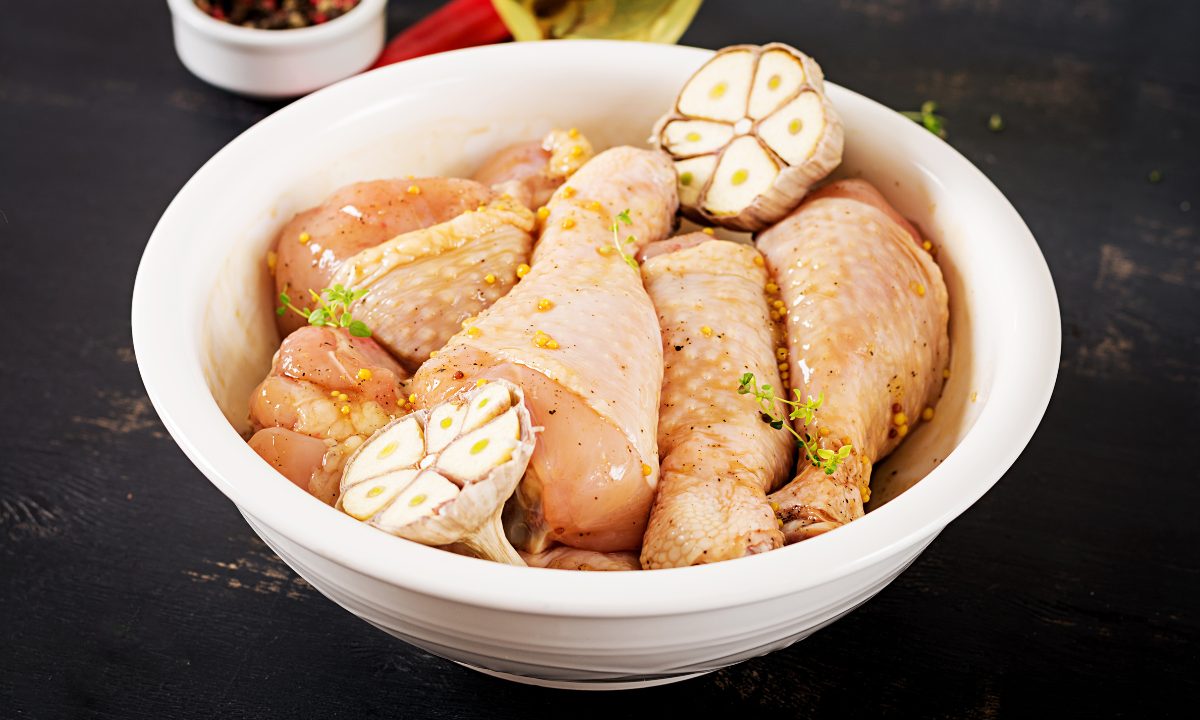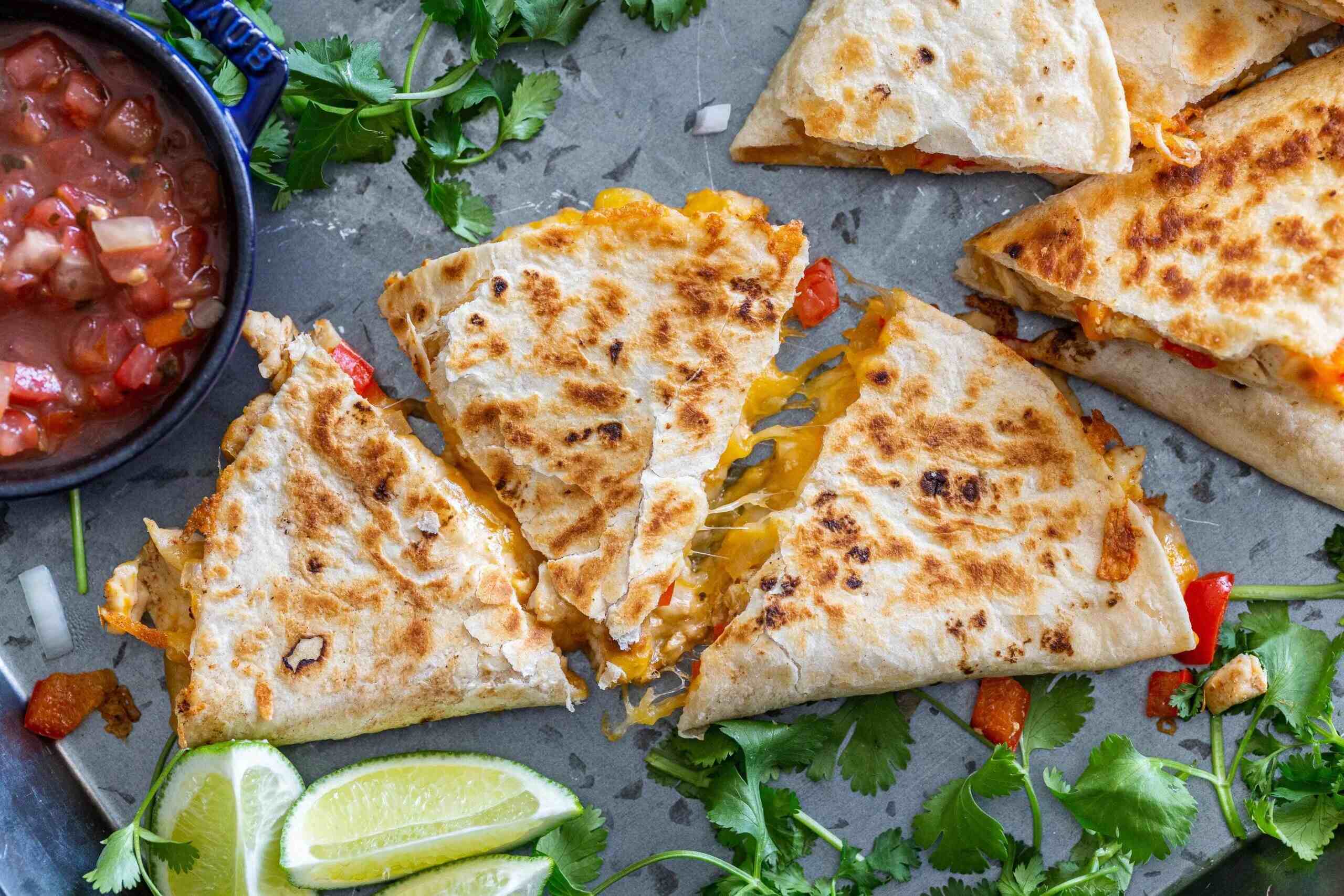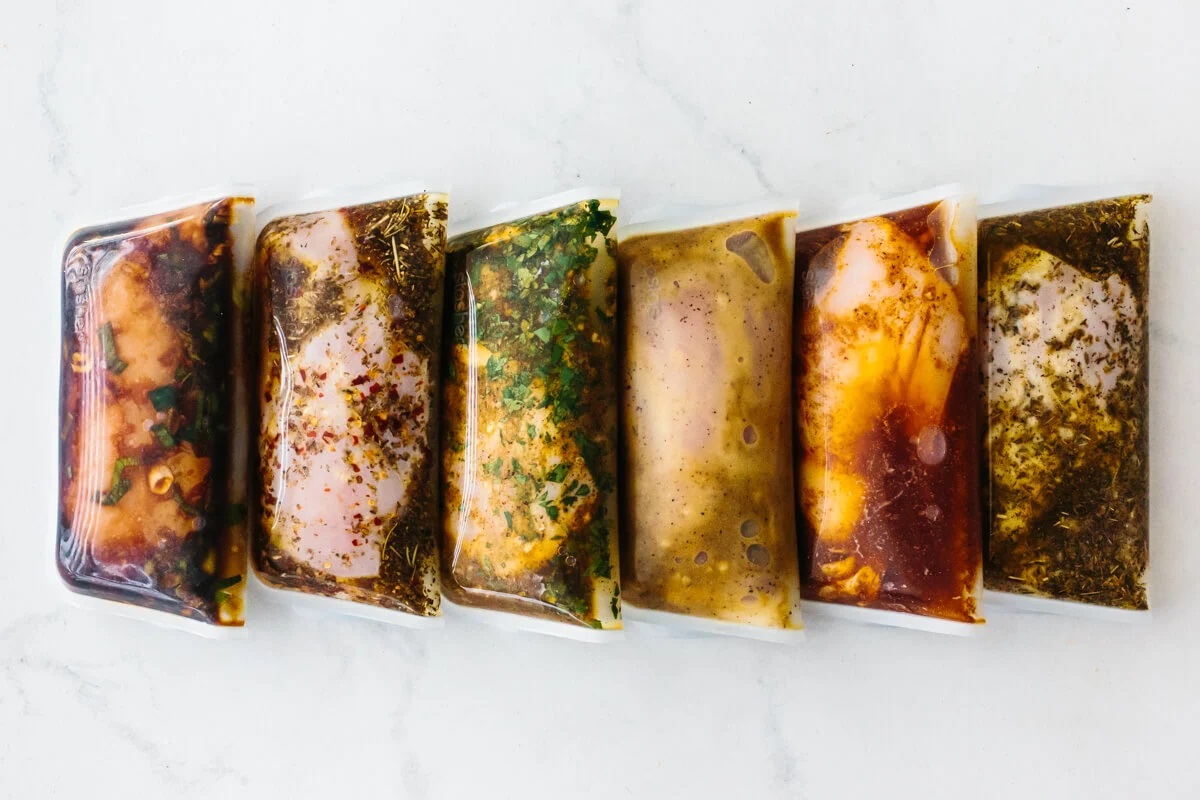Mastering the Art of Sauteing Veal
When it comes to cooking veal, sautéing is a classic technique that can result in a delicious and flavorful dish. Whether you’re a seasoned chef or a novice cook, mastering the art of sautéing veal is a skill that can elevate your culinary repertoire. In this guide, we’ll walk you through the step-by-step process of sautéing veal to perfection.
Choosing the Right Cut of Veal
Before you start sautéing veal, it’s important to select the right cut of meat. Look for veal cutlets that are about 1/2 inch thick. The cutlets should be a pale pink color with a fine texture, indicating their tenderness. If you can’t find veal cutlets, you can ask your butcher to prepare them for you.
Preparation and Seasoning
Before you begin the sautéing process, it’s essential to prepare the veal cutlets. Start by patting the cutlets dry with a paper towel to remove any excess moisture. This step is crucial for achieving a nice sear on the meat. Next, season the cutlets with salt and pepper on both sides. You can also add additional herbs and spices, such as thyme or rosemary, to enhance the flavor of the veal.
Heat the Pan
When sautéing veal, it’s important to use a heavy-bottomed skillet to ensure even heat distribution. Heat the skillet over medium-high heat and add a small amount of olive oil or butter. Allow the oil to heat up until it shimmers, indicating that it’s hot enough for sautéing.
Sautéing the Veal
Once the skillet is hot, carefully add the seasoned veal cutlets to the pan. Be sure not to overcrowd the pan, as this can prevent the veal from achieving a proper sear. Depending on the thickness of the cutlets, sauté them for about 3-4 minutes on each side. Use tongs to flip the cutlets, ensuring that they are evenly cooked and develop a golden-brown crust.
Testing for Doneness
To ensure that the veal is cooked to perfection, you can use a meat thermometer to check the internal temperature. The veal should reach an internal temperature of 145°F (63°C) for medium-rare or 160°F (71°C) for medium. Avoid overcooking the veal, as it can result in a tough and dry texture.
Resting the Veal
Once the veal cutlets are cooked to your desired doneness, remove them from the skillet and transfer them to a plate. Allow the veal to rest for a few minutes before serving. This resting period allows the juices to redistribute within the meat, resulting in a more tender and flavorful dish.
Serving Suggestions
Now that you’ve mastered the art of sautéing veal, it’s time to enjoy your culinary creation. Serve the sautéed veal cutlets with a side of roasted vegetables or a fresh green salad for a well-balanced meal. You can also drizzle the veal with a pan sauce made from the flavorful drippings in the skillet for an added touch of richness.
With these simple steps, you can sauté veal like a pro and impress your family and friends with a delicious and elegant dish. Whether you’re cooking for a special occasion or just craving a gourmet meal at home, sautéed veal is sure to delight your taste buds.
For anyone looking to master the art of sautéing veal, the recipes in the guide offer a variety of delicious options. They can start with Sautéed Veal Piccata for a classic, tangy dish featuring lemon and capers. Another great choice is Sautéed Veal Marsala, which pairs the meat with a rich, mushroom-infused wine sauce. For those who enjoy citrus flavors, Sautéed Veal with Lemon and Capers brings a zesty twist to the table. Sautéed Veal with Mushrooms and Shallots and Sautéed Veal Scallopini are perfect for those who love the earthy taste of mushrooms and the tender texture of veal. For a touch of elegance, they might try Sautéed Veal with Garlic and White Wine or Sautéed Veal with Rosemary and Thyme, both of which offer aromatic, herb-infused flavors. Each of these recipes showcases the versatility of veal and helps hone sautéing skills in a delicious way.

